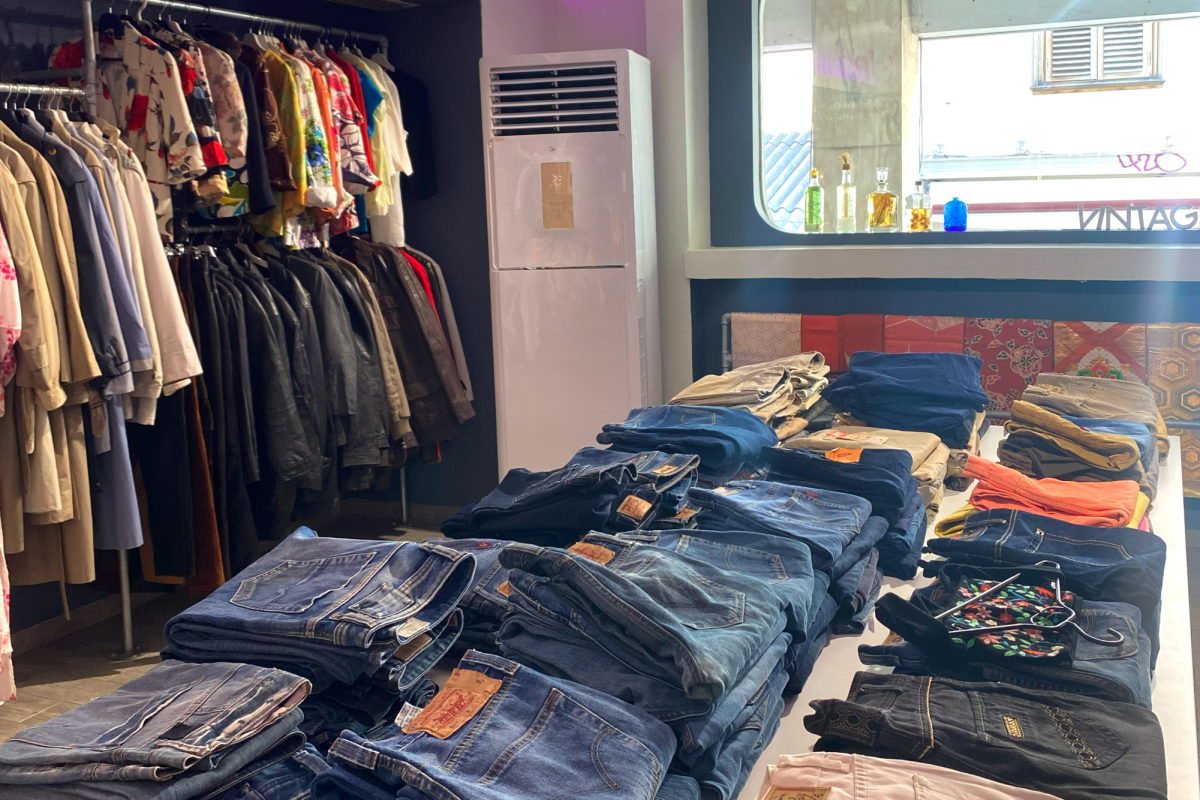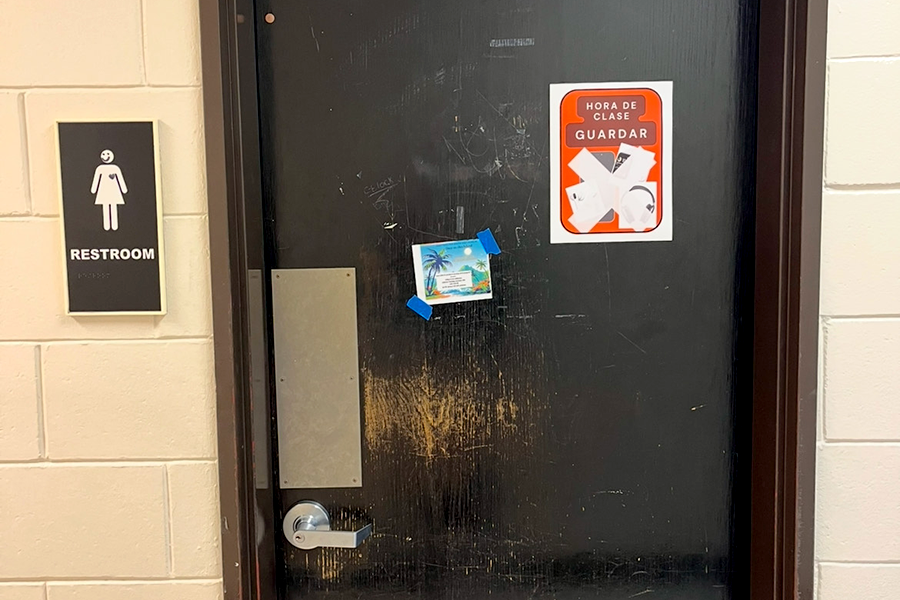“I’ll probably be in debt for a long time,” said senior Josephine Mattison. “I wanted to go into fashion management, but I can’t do that.”
Mattison had planned to go to a university in California and follow her dream of fashion but finding that her family wouldn’t have a way to pay for a large-scale university, she chose Minneapolis Community and Technical College (MCTC) as a temporary solution.
“I chose MCTC because I wanted to get my generals cheap,” Mattison continued. “My parents make too much money for FAFSA and too little to pay for it all.” FAFSA (Free Application for Federal Student Aid) is an online financial aid application provided by the U.S. Department of Education that lets students apply for financial aid based on their family’s income, size of family and number of college students in that family.
“Every student should fill out a FAFSA,” commented South Counselor Marie Hassell, “just to see if they qualify, you never know until you try.”
While programs such as FAFSA can help families with lower incomes, it doesn’t always give enough money, or as Mattison pointed out, give money to enough people. With the rising costs of colleges, students with lower incomes are not the only ones struggling to pay for college. Programs such as FAFSA are only able to focus on low income families and middle class students may struggle just as much to finance their education.
“It will never be enough,” said Hassell. “With the increasing cost of college, FAFSA will never be able to give enough money to enough students.”
On top of this, as the cost of college increases, state financing for colleges has decreased. Meaning that the raised prices of higher education could be because colleges are receiving less money from the government, and are making up this money by charging the students more.
Another reason for these increases could be competition. “As schools compete with each other they build new facilities,” said Hassell. “Because of this, they have to increase their tuition.” Hassell also suggests it could be because of a lack of restrictions, saying “there’s not really a checks and balances system and nothing to limit the amount a college can charge.”
In a new report created by the center on Budget and Policy Priorities, a statement was released that “every U.S. state except North Dakota and Wyoming is spending less per student on higher education than they did before the 2008 financial crisis and ensuing recession.”
Since 2008, the average price of a 4-year college has gone up over $4,000 a year, the same time period that colleges have spent less per student.
Phil Oliff, the main author of the report, concluded, “Over time, dwindling state support for public institutions of higher learning will make it harder…for young people, especially those in low- and middle-income families, the funding decline could discourage college attendance.”
“The tuition prices are outrageous,” said Hassell. “Students have to really seek out colleges and be proactive.”
With the decrease in state funding and increase in tuition more students are simply choosing to not go to college, or as Mattison chose, to get their generals out of the way at a community or two year school.
Because of these increases in costs, high school counselors and other programs are working harder than ever to help seniors through their application process. “AVID is a good help,” said Mattison on the help South can give seniors. “They help you fill out FAFSA and have after school things.”
AVID, Advancement Via Individual Determination, is a nationwide program that helps students who show college potential during high school, and is directed toward low-income students and students of color.
“I didn’t know about FAFSA until November of this year,” said senior Emma Young. “I was planning on going to the University of Iowa but it was about $90,000 out of my price range.” Young received $5,000 from filling out a FAFSA application, but still falling short of what she would need for the University of Iowa, she took the same route as Mattison and will be attending MCTC next fall.
The increasing costs of universities and private schools have also led to an increase in attendance of two year and technical colleges. With students unable to afford full scale universities, people are turning to smaller schools to if not to get their complete education, at least to get generals classes out of the way. With the higher attendance of these colleges, students are beginning to ask if four year universities are worth the cost of the education recieved.
“I think private schools are BS,” said Mattison. “They’re the cost of a house and it’s not even worth it.” Mattison explained that private colleges are overpriced and in most cases don’t provide a better education than other colleges.
“In some ways I really wanted to go to a 4-year,” said Young. “But I think it really depends on the student in the end, no matter how good the teacher is.”
For students who still want to continue their education at a 4-year or private institution counselor Marie Hassell had some advice: “Fill out as many scholarships as possible, on Naviance there are tons of scholarships you can go through and the South High Foundation alone has over twenty.” Hassell also suggests to start saving as soon as possible. “You might want to buy those fancy tennis shoes now, but they won’t pay for college.”







